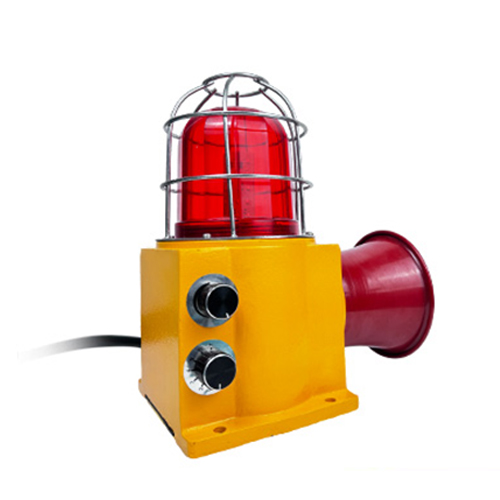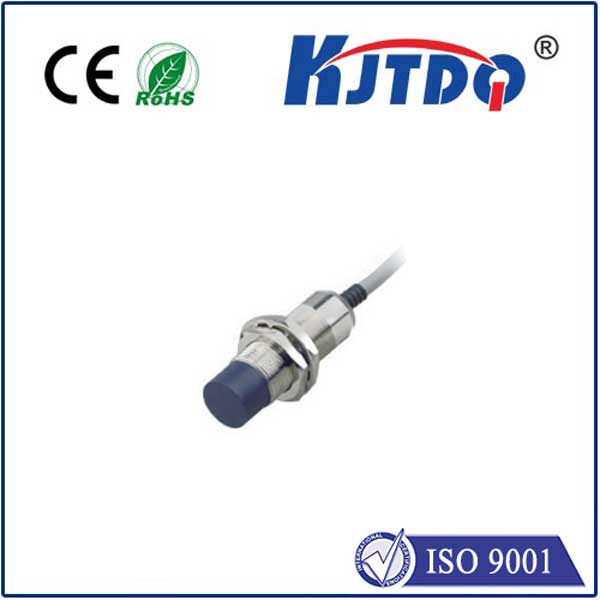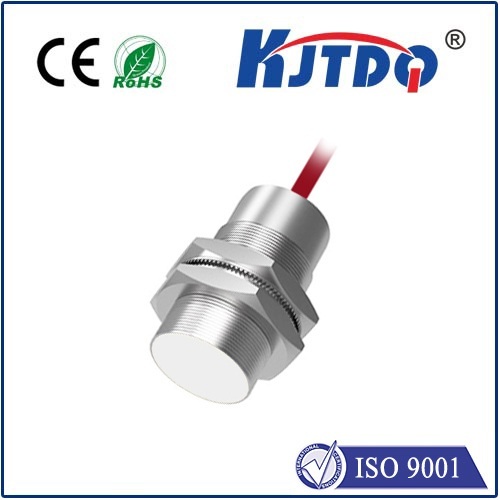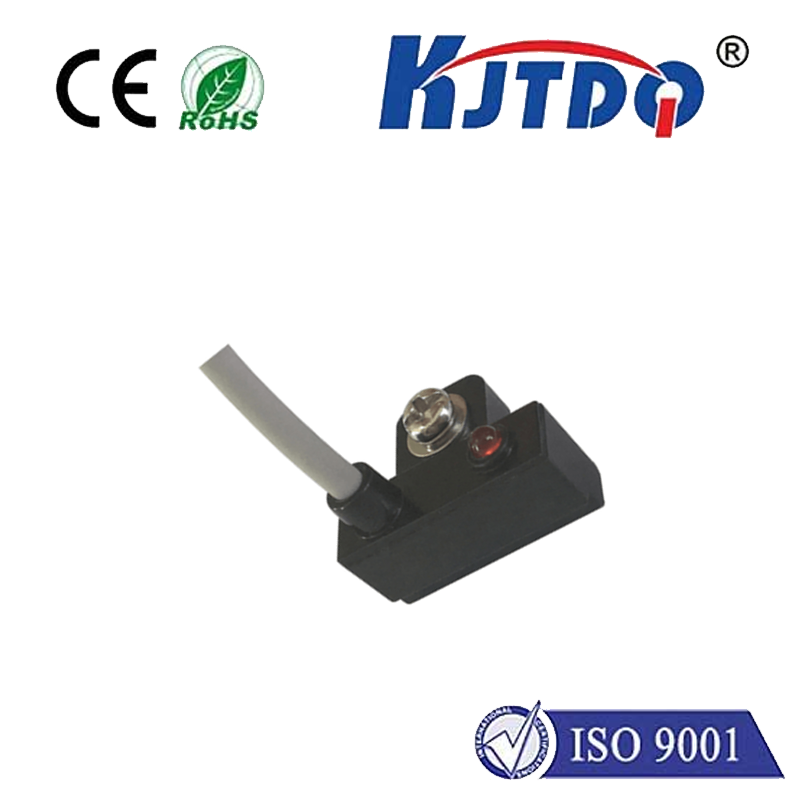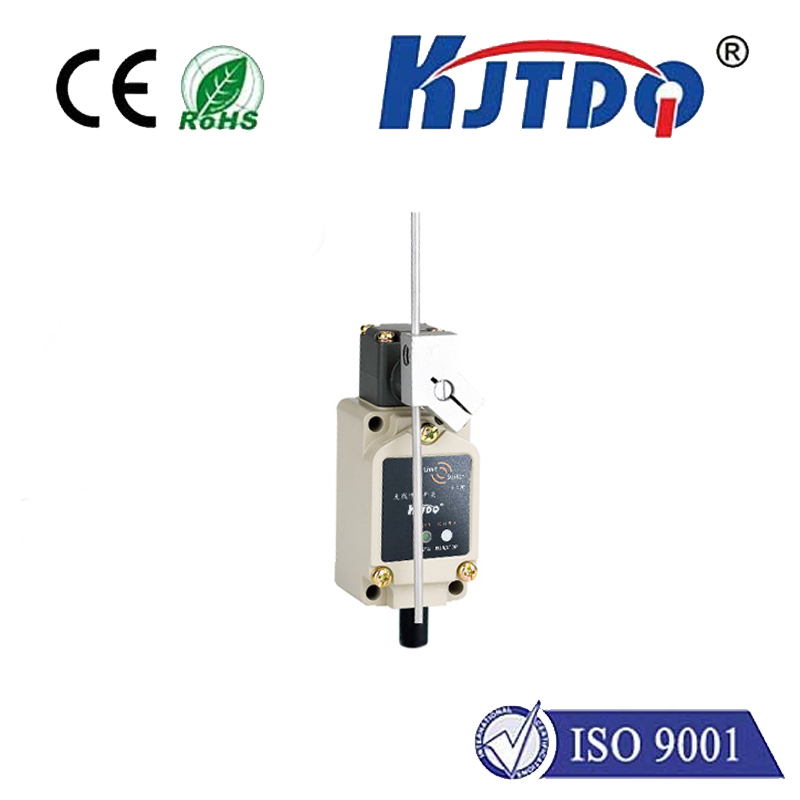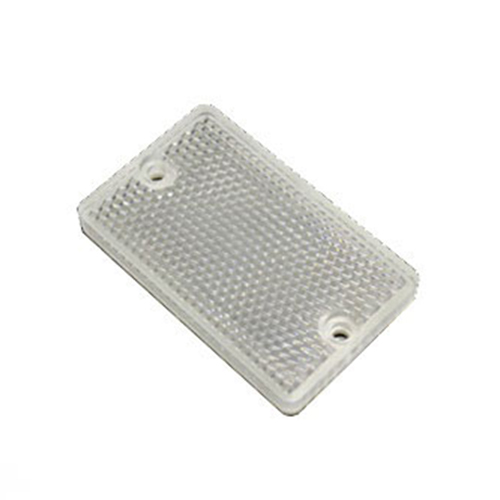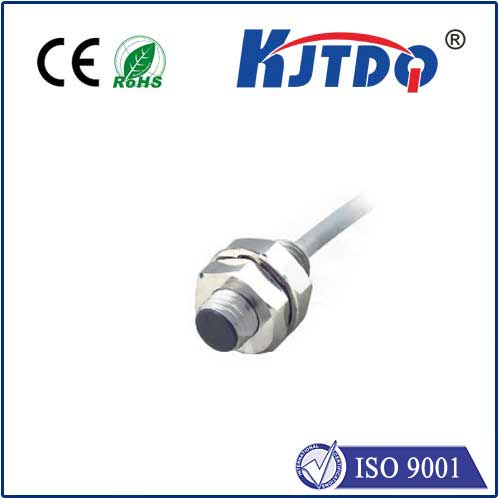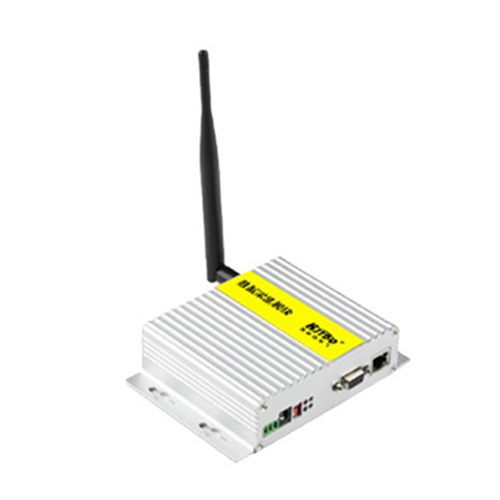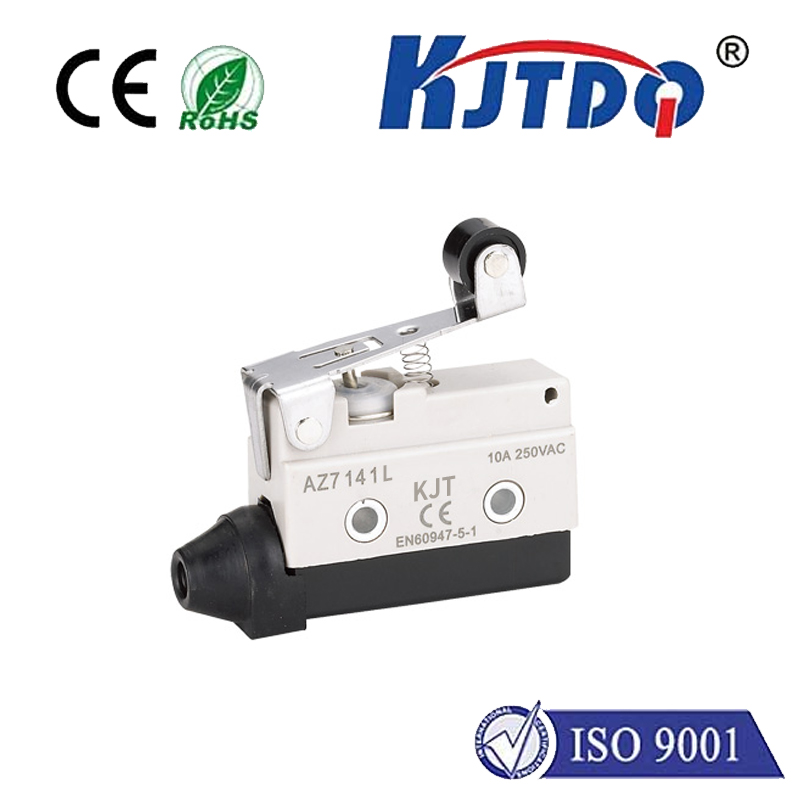banner proximity sensor
- time:2025-07-04 00:48:24
- Click:0
Banner Proximity Sensor: Transforming Passive Ads into Interactive Doorways
Imagine walking past a digital display in a mall or airport terminal. Suddenly, the static banner transforms, greeting you personally with a tailored discount or showcasing a product perfectly aligned with your recent interests. This isn’t science fiction; it’s the tangible magic unlocked by banner proximity sensor technology. This powerful convergence of physical sensing and digital advertising is rapidly evolving how businesses capture attention and engage consumers in crowded environments.
So, what exactly is a banner proximity sensor? It’s not a single, monolithic device, but rather a strategic integration. At its core, it involves embedding proximity detection technology into or near digital signage or traditional banner display frameworks. These sensors continuously scan their surroundings, detecting the presence of nearby individuals. When someone enters the pre-defined detection zone, the system triggers a pre-programmed action – most commonly, dynamically altering the content displayed on the connected screen or banner. Think of it as the ad sensing you and responding in real-time.
How Banner Proximity Sensor Systems Function: The Synergy
The true power lies in the seamless interplay between hardware and software:

- The Sensing Layer: Various proximity technologies are employed:
- Infrared (IR) Sensors: Detect body heat or reflected IR light. Cost-effective and common, though range and environmental factors can be limitations.
- Ultrasonic Sensors: Emit sound waves and measure their echo time to gauge distance. Effective for wider areas but potentially susceptible to acoustic interference.
- Passive Infrared (PIR) Sensors: Detect motion via changes in infrared radiation (body heat). Widely used for basic presence detection.
- LiDAR (Light Detection and Ranging): Uses laser pulses for highly accurate distance and 3D mapping. More expensive but offers superior precision and object differentiation.
- Capacitive Sensors: Detect changes in an electrical field caused by a person’s body. Often used for very close-range interactions.
- The Display Layer: This is the physical medium: a high-definition digital screen (LCD/LED display), a projection surface, or even a sophisticated smart banner with integrated lighting or moving elements.
- The Intelligence Hub (Controller/Software): This is the brain. It receives signals from the proximity sensors, processes this real-time data, and instantly commands the display layer. Sophisticated software enables:
- Content Triggers: Switching from a generic loop to targeted content.
- Content Sequencing: Playing specific videos or messages based on interaction duration.
- Analytics Capture: Logging interaction times, frequency, and (in anonymized aggregate) audience demographics (if paired with other tech like cameras respecting privacy regulations).
- Remote Management: Scheduling, content updates, and performance monitoring via cloud platforms.
Why Businesses Are Embracing Banner Proximity Sensors: Beyond Novelty
Moving past the initial “wow” factor, this technology delivers significant, measurable marketing and operational advantages:
- Skyrocketing Engagement & Recall: Static ads are easily ignored. A display that reacts to your presence commands attention. Personalized greetings, triggered offers, or interactive elements dramatically increase dwell time and message retention. People remember experiences far more than passive viewing.
- Hyper-Relevant Content Delivery: Proximity sensing allows for contextual personalization. Is it early morning? Trigger coffee offers. Is the weather cold? Show warm apparel ads. While true individual personalization requires consent and data integration, contextual relevance is hugely powerful.
- Actionable Insights: Gain valuable analytics on campaign performance. Understand foot traffic patterns near displays, measure actual interaction rates (not just impressions), and optimize content based on what truly resonates. This data is gold for refining programmatic advertising strategies.
- Driving Conversions: Increased engagement naturally leads to higher conversion potential. Whether it’s driving foot traffic to a physical store, promoting app downloads via QR codes, or capturing email sign-ups through interactive polls, the bridge from awareness to action is significantly shortened.
- Enhanced Event & Venue Experience: At trade shows, museums, or conferences, banner proximity sensors create immersive journeys. Displays can provide information relevant to specific exhibits or booths as attendees approach, enhancing the overall visitor experience.
- Operational Efficiency: For networks of displays, the ability to trigger specific content only when an audience is present can save energy (dimming screens when empty) and extend hardware lifespan.
Strategic Implementation: Making Banner Proximity Sensors Work
Success demands careful planning:
- Define Clear Objectives: What do you want to achieve? Brand awareness? Lead generation? Sales lift? Event engagement? Your goals dictate everything.
- Select the Right Sensor & Location: Match the sensor technology (IR, ultrasonic, etc.) to your environment (indoor/outdoor, range needed, ambient light/sound levels). Place displays strategically in high-traffic zones where people naturally pause or gather.
- Craft Compelling Triggered Content: This is critical. The reactive content must be worth the interaction – genuinely interesting, valuable, relevant, and visually captivating. Avoid gimmicks; focus on utility or compelling storytelling. The sensor gets attention; the content must hold it.
- Prioritize Privacy & Transparency: Be ethical and compliant. Clearly communicate when sensors are in use (simple signage). Use technologies focused on anonymous presence/motion detection, not facial recognition, unless explicit, informed consent is obtained. Adhere strictly to regional data privacy regulations (GDPR, CCPA, etc.).
- Integrate Analytics: Ensure your system captures meaningful data to measure ROI and refine your approach continuously. Track interactions, dwell times, and conversion metrics.
- Calibration & Maintenance: Sensors need correct calibration to avoid false triggers or missed detections. Regular maintenance ensures consistent performance. Consider environmental factors like moving obstacles or changing lighting.
Navigating Potential Challenges
No technology is without considerations:
- Privacy Concerns: As mentioned, transparency and ethical data use are paramount. Building trust is essential.
- Technical Glitches: Sensor mis-detections or display malfunctions can create negative experiences. Robust systems and testing are key.
- Environmental Factors: Bright sunlight can affect IR sensors; noisy environments impact ultrasonic sensors. Security concerns exist in public spaces.
- Content Relevance Fatigue: Overuse or irrelevant triggered content can lead to annoyance. Keep content fresh and genuinely valuable.
- Initial Investment: High-end systems (like LiDAR integration) involve significant setup costs, requiring a clear ROI justification.
The Future is Interactive
Banner proximity sensor technology represents a fundamental shift, turning passive advertising spaces into dynamic, interactive touchpoints. By harnessing the ability to sense and respond to nearby audiences, businesses can cut through the noise, deliver unparalleled relevance, and forge deeper connections. While implementing effectively requires strategy, respect for privacy, and compelling content, the potential rewards in engagement, insights, and conversion make proximity-driven interactive displays a compelling frontier in modern advertising and experiential marketing. Embrace the sensor, but always let the value of the interaction speak loudest.







